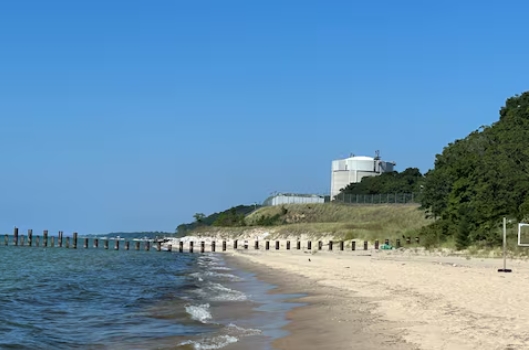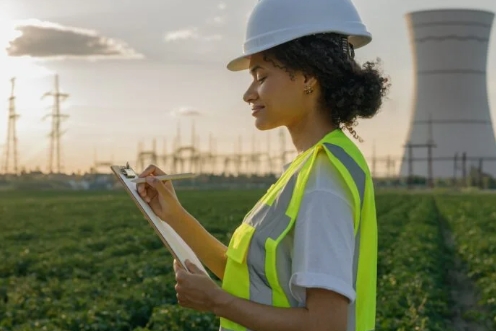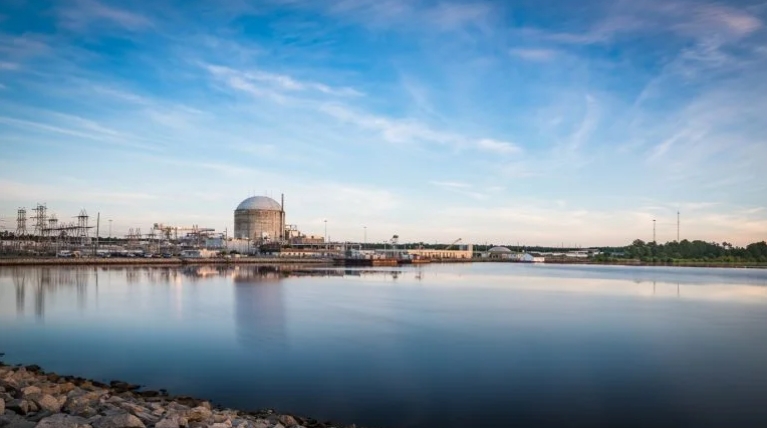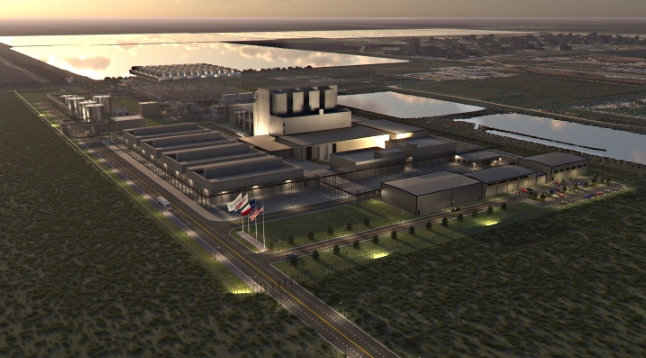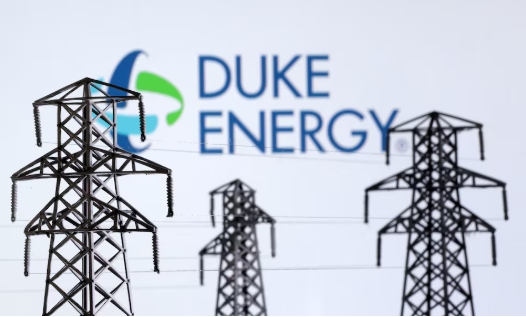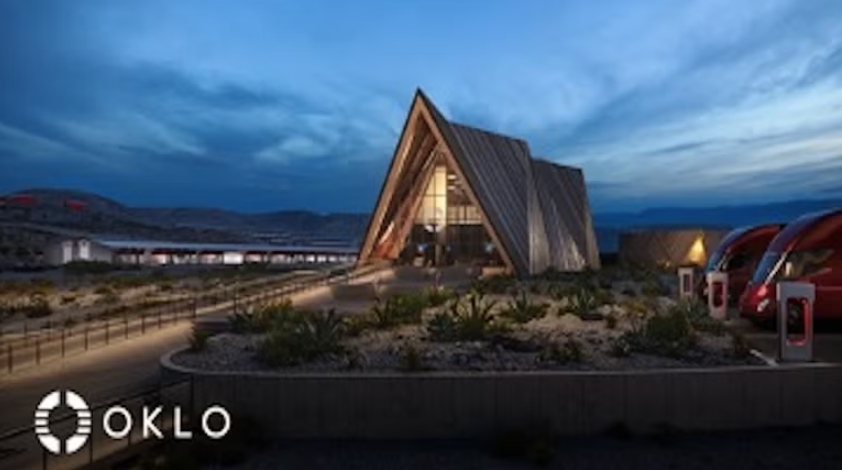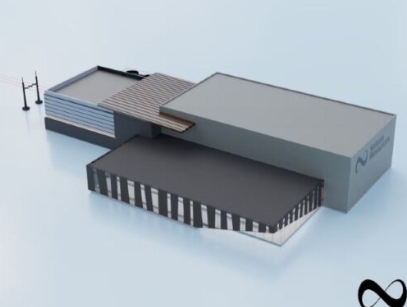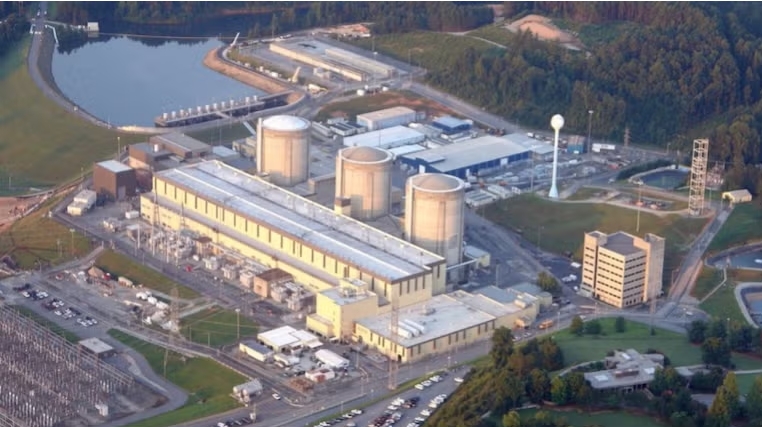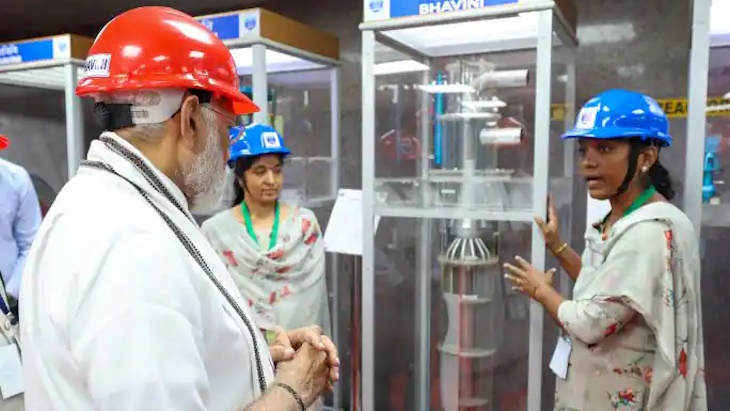
The Prototype Fast Breeder Reactor (PFBR) has been developed by BHAVINI (Bharatiya Nabhikiya Vidyut Nigam Limited), a government enterprise under the Department of Atomic Energy (DAE) which was set up in 2003 to focus on fast breeder reactors. Construction of the PFBR began in 2004, with an original expected completion date of 2010.
India has adopted a three-stage nuclear power programme, with the long-term goal of deploying a thorium-based closed nuclear fuel cycle. The first stage involves the use of pressurised heavy water reactors (PHWRs), fuelled by natural uranium, and light water reactors. The second stage involves reprocessing used fuel from the first stage to recover the plutonium to fuel FBRs. In stage 3, Advanced Heavy Water Reactors (AHWRs) will burn thorium-plutonium fuels and breed fissile uranium-233.
The PFBR will initially use a core of uranium-plutonium mixed oxide (MOX) fuel, surrounded by a uranium-238 'blanket', with plans to use a blanket of uranium and thorium to "breed" plutonium and U-233 for use as driver fuels for AHWRs.
"In line with the true spirit of Aatmanirbhar Bharat, PFBR has been fully designed and constructed indigenously by BHAVINI with significant contribution from more than 200 Indian industries including MSMEs," the DAE said. "Once commissioned, India will only be the second country after Russia to have a commercial operating Fast Breeder Reactor."
Aatmanirbhar Bharat translates to 'self-reliant India'. MSMEs are micro, small and medium enterprises.
The DAE describes the PFBR as an "advanced third generation reactor with inherent passive safety features" which, since it recycles material recovered from used fuel from the first stage of the programme, "offers great advantage in terms of significant reduction in nuclear waste generated, thereby avoiding the need for large geological disposal facilities".
"Upon completion of the core loading, the first approach to criticality will be achieved, leading to generation of power subsequently," it added.
In January, Modi formally dedicated to the nation the Demonstration Fast Reactor Fuel Reprocessing Plant at the Indira Gandhi Centre for Atomic Research (ICGAR) in Kalpakkam, a precursor to large-scale plants for the reprocessing of fast reactor fuel, and in February, he visited the Kakrapar plant in Gujarat for the dedication of the first two Indian-designed and built 700 MWe PHWRs. The second of those units - Kakrapar 4 - was connected to the grid just days later.
A fast breeder test reactor has been in operation at IGCAR since 1985, although it did not reach its full 40 MWt design capacity until 2022.
"The growth of the Indian nuclear power programme is imperative to meet the twin goals of energy security and sustainable development," the DAE said. "As a responsible nuclear power with advanced technology, India remains committed to expand peaceful applications of nuclear technology, both in power and non-power sector, while ensuring the security of nuclear and radiological materials."
